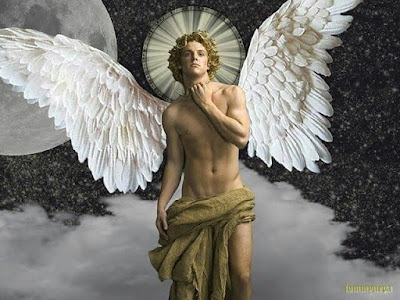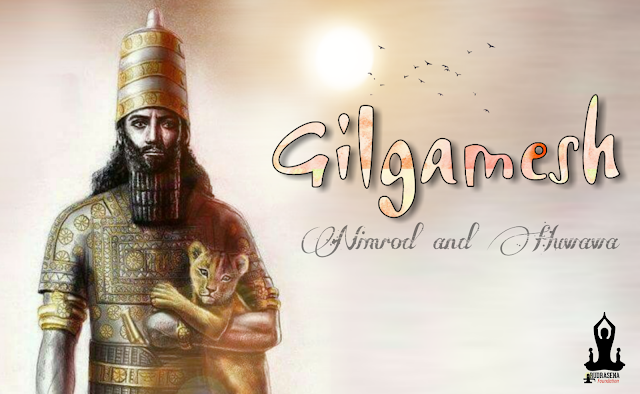Easter : PAGAN HOLIDAY

Easter was originally the celebration of Ishtar, the Assyrian and Babylonian goddess. The egg symbol was sacred to the Babylonians. They believed that a Cosmic Egg fell from the heavens into the Euphrates river, from which the goddess Ishtar ( Venusian goddess) was hatched. For this reason, the egg came to symbolize the spring celebration of Austrõn, Ôstarâ, Ēoster or Eástre, a later Saxon goddess descended from Ishtar. Rather than being a "Christian" holiday, Easter celebrations date back into remotest antiquity and are found around the world, as the blossoming of spring did not escape the notice of the ancients, who revered this life-renewing time of the year, when winter had passed and the sun was "born again." The "Pagan" Easter had been celebrated before the time of Jesus, every year by a number of cultures, including the Egyptians, possibly as early as 4,000 years ago and continuing to this day in some places. Ishtar is the ancient Sumerian

